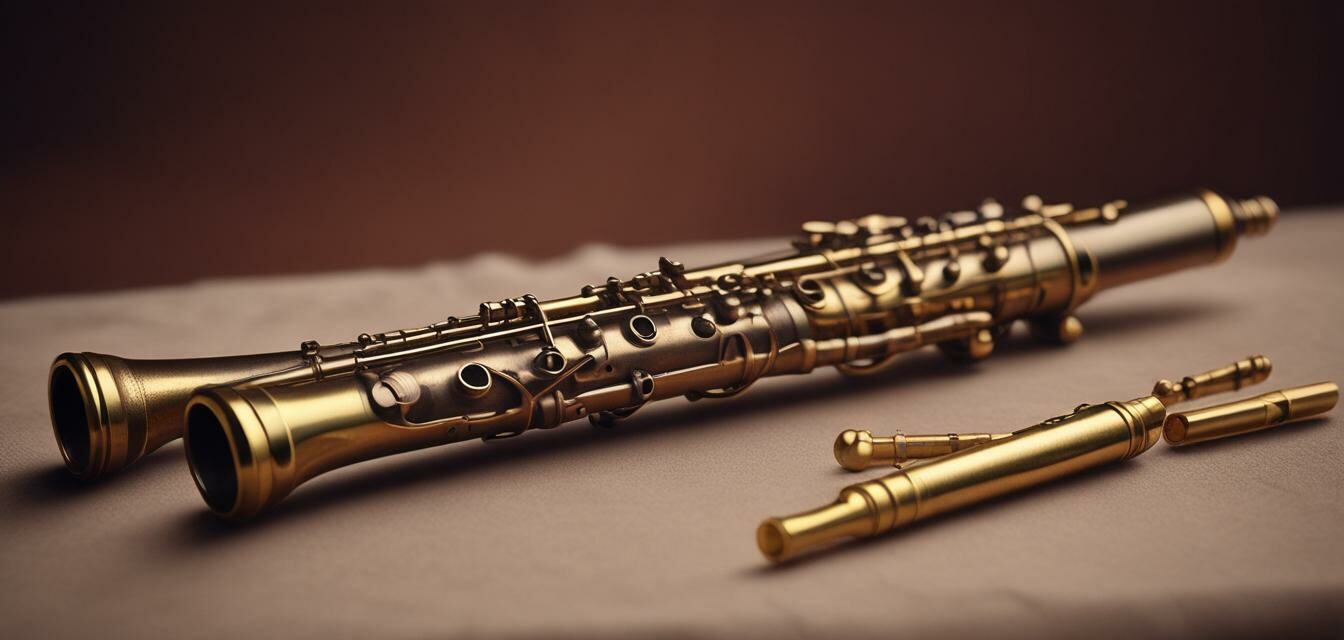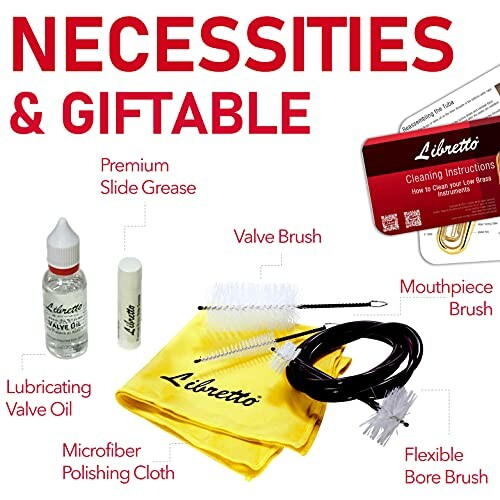
A Complete Guide to Woodwind Instrument Care
Key Takeaways
- Proper cleaning keeps woodwind instruments performing at their best.
- Regular maintenance extends the life of your musical instruments.
- Each type of woodwind instrument has specific care requirements.
- Storage plays an essential role in preserving the quality of woodwind instruments.
Woodwind instruments are not only vital for creating beautiful music but also require proper care to maintain their quality and longevity. Whether you play the flute, clarinet, oboe, or bassoon, understanding how to care for your instrument is crucial for its optimal performance. This complete guide will provide you with essential tips on cleaning, assembling, and storing your woodwind instruments to ensure they deliver excellent sound quality for years to come.
1. Cleaning Your Woodwind Instruments
Regular cleaning is essential to keep your woodwind instruments in top shape. Here are some general cleaning tips:
Daily Cleaning Routine
- Use a cleaning swab to remove moisture inside the instrument after playing.
- Wipe down the exterior with a soft, lint-free cloth to remove fingerprints and dirt.
- Check pads and keys for any debris that could affect playability.
Weekly Maintenance
In addition to daily cleaning, ensure you carry out a more thorough check:
- Use a brush to clean the inside of the mouthpiece and select the suitable cleaning solutions as needed.
- Inspect pads for wear and tear, replacing them if necessary.
- Inspect the cork on the tenon joints; lubricate as needed for smooth assembly.
2. Assembling Your Woodwind Instruments
Proper assembly is critical for ensuring the correct alignment and functionality of woodwind instruments. Here’s a step-by-step guide:
Assembly Steps
- Start with individual components — make sure all parts are clean and free from lint.
- Join the sections together carefully to avoid damage. Align sockets correctly to avoid bending or forcing.
- Ensure the pads seat well against the tone holes. They should not block airflow.
- Make sure key mechanisms operate freely without any obstruction.
3. Storage Techniques
Proper storage of woodwind instruments is as crucial as the cleaning and assembly process. Follow these tips for effective storage:
Ideal Storage Conditions
- Store your instrument in a sturdy case to protect against physical damage.
- Avoid extreme temperatures and humidity levels — moderate conditions are ideal.
- Do not leave your instrument in a car or in direct sunlight for extended periods.
Additional Care Tips
To enhance the longevity of your woodwind instrument:
- Use a moisture-absorbing case or desiccant to reduce humidity inside the storage case.
- Change reeds regularly and keep extra reeds on hand.
- Regularly check for any loose screws and tighten as necessary to ensure proper functioning.
4. Product Recommendations
To aid in the regular maintenance of your woodwind instruments, here’s an excellent product worth considering:
Libretto Low Brass ALL-INCLUSIVE Cleaning Kit
A comprehensive cleaning kit that includes valve oil, slide grease, cleaning cloth, and brushes for easy instrument care.
More Details5. Further Reading
To deepen your understanding and care practices for woodwind instruments, consider exploring the following articles:
- Woodwind Instruments Overview
- Buying Guides for Woodwinds
- Instrument Care and Maintenance Tips
- Popular Woodwind Instrument Brands
- Essential Instrument Accessories
Conclusion
Taking care of your woodwind instruments can greatly enhance their lifespan and sound quality. By following the cleaning routines, assembly steps, and storage techniques outlined in this guide, you'll keep your instruments in excellent condition for years to come. Care is essential, and with the right knowledge, your music can continue to flourish!
